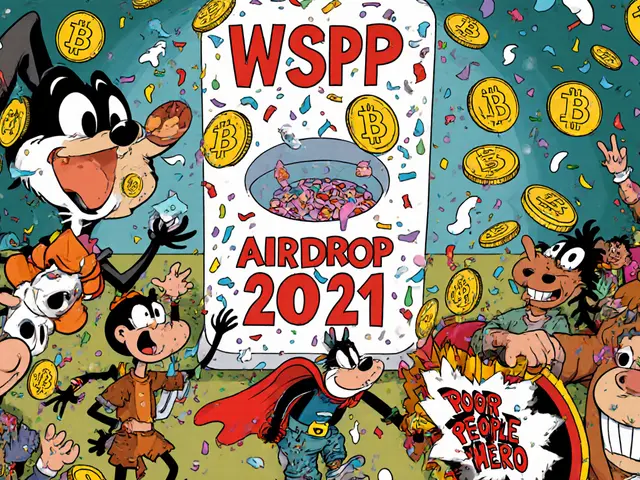Real Estate Liquidity: A Practical Overview
When talking about real estate liquidity, the ability to quickly convert property assets into cash without a big price hit. Also known as property liquidity, it matters to anyone who wants to move in and out of real‑estate positions fast. Real estate liquidity encompasses tokenized real estate, digital tokens that represent fractional ownership of physical property, and it relies on modern DeFi, decentralized finance platforms that automate trading and settlement. In short, if you can’t sell a token quickly, the underlying property isn’t liquid.
Key Drivers of Real Estate Liquidity
Tokenized real estate introduces a new layer of accessibility. By issuing tokens on a blockchain, owners can split a multi‑million‑dollar building into hundreds of tradable pieces. This fractional model directly addresses the historic illiquidity of property. A token‑backed project like LYFE, which claims a link to Indonesian real‑estate, shows how a property‑backed token can create a liquid market where traditional bricks can’t move fast. The token itself lives in a liquidity pool, a smart‑contract vault that matches buyers and sellers automatically, so price discovery happens in seconds rather than months.
Liquidity pools are the engine that powers instant trades. They rely on smart contracts to lock tokens and issue pool shares to providers, who earn fees for supplying depth. When a trader wants to sell a slice of a downtown condo, the pool instantly swaps the token for a stablecoin, keeping the market moving. This mechanism mirrors how Uniswap v2 on Base or Switcheo Network handle token swaps, but applied to real‑estate assets. The result is a seamless bridge between the high‑value, low‑frequency world of property and the fast‑pace world of crypto.
DeFi platforms expand the use cases beyond simple buying and selling. By integrating lending protocols, token holders can lock their property tokens as collateral and borrow against them, unlocking cash without selling the asset. This creates a second‑hand market for liquidity, where owners can tap value while still holding the underlying real‑estate exposure. The process mirrors traditional mortgage refinancing but happens in minutes, thanks to automated on‑chain contracts. As more investors adopt these tools, the overall liquidity of the real‑estate market improves.
However, real‑estate liquidity still faces institutional investment barriers, regulatory, technological, and risk‑management challenges that limit large‑scale capital flow. Pension funds, sovereign wealth funds, and banks often hesitate to enter tokenized markets because of compliance uncertainty and the need for clear legal frameworks. Overcoming these barriers—through clear regulation, audited token issuances, and robust custodial solutions—will unlock trillions of dollars of dormant capital. When institutions join, the depth of liquidity pools grows, fees rise, and price stability improves for everyday investors.
Below you’ll find a curated set of articles that dive deeper into each of these pieces: from how Wrapped Harmony (WONE) works across chains, to the evolution of block reward systems, to concrete guides on DeFi impermanent loss. Whether you’re a casual investor curious about property tokens or a seasoned trader looking for the next liquidity hack, the posts ahead give you actionable insights to navigate the evolving landscape of real‑estate liquidity.







Categories